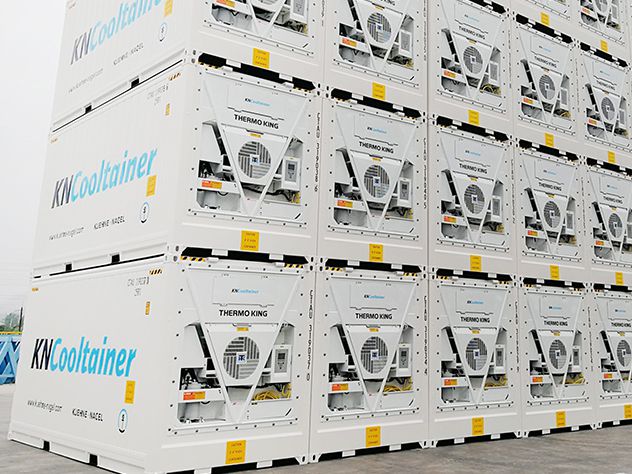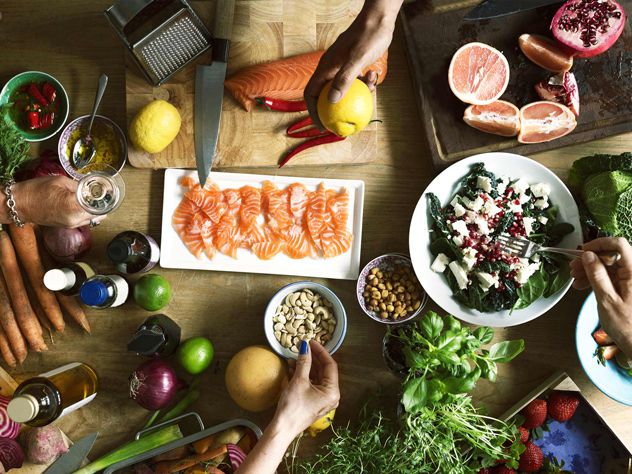1. Packaging and labeling
For international shipments, only labels issued by food hygiene and safety authorities designated by the government are accepted. Labels printed by processing and packaging companies are not accepted by Vietnam Customs and hence, will be rejected.
When exporting to other countries, each destination country will have specific regulations that need to be thoroughly studied and strictly followed. For examples:
EU Market
Foods to be imported into this market must comply with carton labeling regulations, including:
- Name and address of packer and shipper
- Name of product (if the products not visible from the outside packaging)
- Country of origin
- The classification and size (as per marketing standards)
Imported products for processing must be clearly marked “intended for processing” or equivalent phrases on the package.
For products intended for consumption, such as canned, bottled or boxed products, Vietnamese companies should take into consideration the labeling requirements under Directive No.2000/13/EC dated March 20, 2000 by European Parliament and European Council. Labels should provide information about ingredients, manufacturers, preserving method, and preliminary treatment instruction.
US Market
According to the US Food and Drug Administration (FDA), there are two elements that must be highlighted in a label, which are the number of calories per portion and the portion size. This is believed to make it easier for consumers to choose products suitable for their needs. In addition, Added Sugars and a list of nutrients should also be clearly indicated on the packaging.
2. Packaging and preservation
Frozen food
This is subject to strict packaging requirements, i.e. small leak-proof bags (such as plastic bags with thickness of at least 0.1 mm) must be used, the opening should be sealed to keep cold, and certain types of bags must be vacuum-packed. Small bags of food must be placed into containers made from appropriate hard materials such as styrofoam, wooden, specialised plastics, etc., so they can be stacked during shipping to save space. As such types of food must be preserved at proper temperature; they should be put into packaging made of cold insulation materials. When it comes to packaging, you should take into considerations the following things:
- Liquefied gas: Direct contact with the skin must be avoided as it may lead to ice burn;
- Dry ice: dry ice should be wrapped in newspaper to avoid direct contact with goods; the amount of dry ice used will be subjected to the type of goods packaged with a recommended commodity-dry ice ratio of 2:1. Dry ice may cause explosion when transforming from solid to gas state due to pressure changes, which is dangerous as dry ice may fly in all directions, resulting in cut and skin burn. Therefore, if using this type of material, you should ask experts for a consultation to minimize damage;
- Wet ice: this is a popular method, however, it should be ensured that there is no water leaking out of the package due to melting ice. Therefore, wet ice should be put in plastic bags; and packages preserved by using wet ice must be labeled with the instructions indicating the proper orientation of the package during transportation and the crates should be secured by straps to maintain cold insulation for packaged commodities.
These types of food should be preserved at the following temperature ranges:
- Frozen seafood: -18 to -22 degrees Celsius
- Ice cream: -22 to -25 degrees Celsius
- Processed food: -5 to +5 degrees Celsius

Plants, vegetables, and fruits
These commodities must be wrapped in protective paper and packaged in cardboard boxes or bubble wraps;
Boxes need to be durable enough to be stacked during transportation and storage;
As the commodities are highly perishable, packages need to be protected and well ventilated to avoid mold and spoilage.
The commodities need to be stored at temperatures ranging from +2 to +12oC. The specific temperature varies from commodity to commodity, however, the typical temperature ranges are as the followings:
-
Fruits, roots: +2 to +12 degrees Celsius
-
Seeds: +2 to +8 degrees Celsius

Dried foods
Multi-layered, moisture-resistant, shock-resistant (to prevent foods from being broken), and sealed packaging needs to be used along with vacuum packing to keep food quality intact;
Practice secure packaging to avoid escaping food odors that attract pests;
The expiration date must be at least one month, depending on the date of delivery.
Proper temperature for the commodities is as follows:
- Cake: -5 to +5 degrees Celsius
- Seed: +2 to +8 degrees Celsius

The variety of commodities’ preservation temperatures sometimes makes it extremely challenging for storage and transportation. If you are unfamiliar with it, you might better off using KN FreshChain solution tailored for perishables developed by Kuehne+Nagel. Our experts with many years of experience all over the world will provide advice and ease your burdens and concerns once your shipments are handled by Kuehne+Nagel. Find out how Kuehne+Nagel helped one of our customers reduce shipping cost and ensure high efficiency here.
3. Prohibition list
Notably, most fresh meat, seafood, fruits, plants, and seeds are prohibited from international express services. In countries where the import of such commodities is allowed, certificates of origin and veterinary certificates issued by the Ministry of Agriculture and Rural Development need to be obtained prior to clearance.
4. Declaration
Honestly, specific and clear declaration of food packages is required. This is important as it helps you avoid procedure-related troubles in case of incidents. It is impossible to deceive Customs authorities as cargoes are inspected by using automatic scanners. When the physical inspection is imposed, illegitimate commodities will immediately be disposed and fines may apply.
By using our KN FreshChain solution, you have access to dedicated support and maximum assistance from Kuehne+Nagel’s pool of experts during clearance and inspection.
5. Required documents
Cargoes need to be associated with commercial invoices and certificates of origin for clearance purposes. Additionally, customers (as consignee) have to pay taxes as specified by the Government of Vietnam and present duty-paid certificate to the Customs. You must be prudence in this final step of the imports/exports clearance procedure to ensure successful customs clearance.









